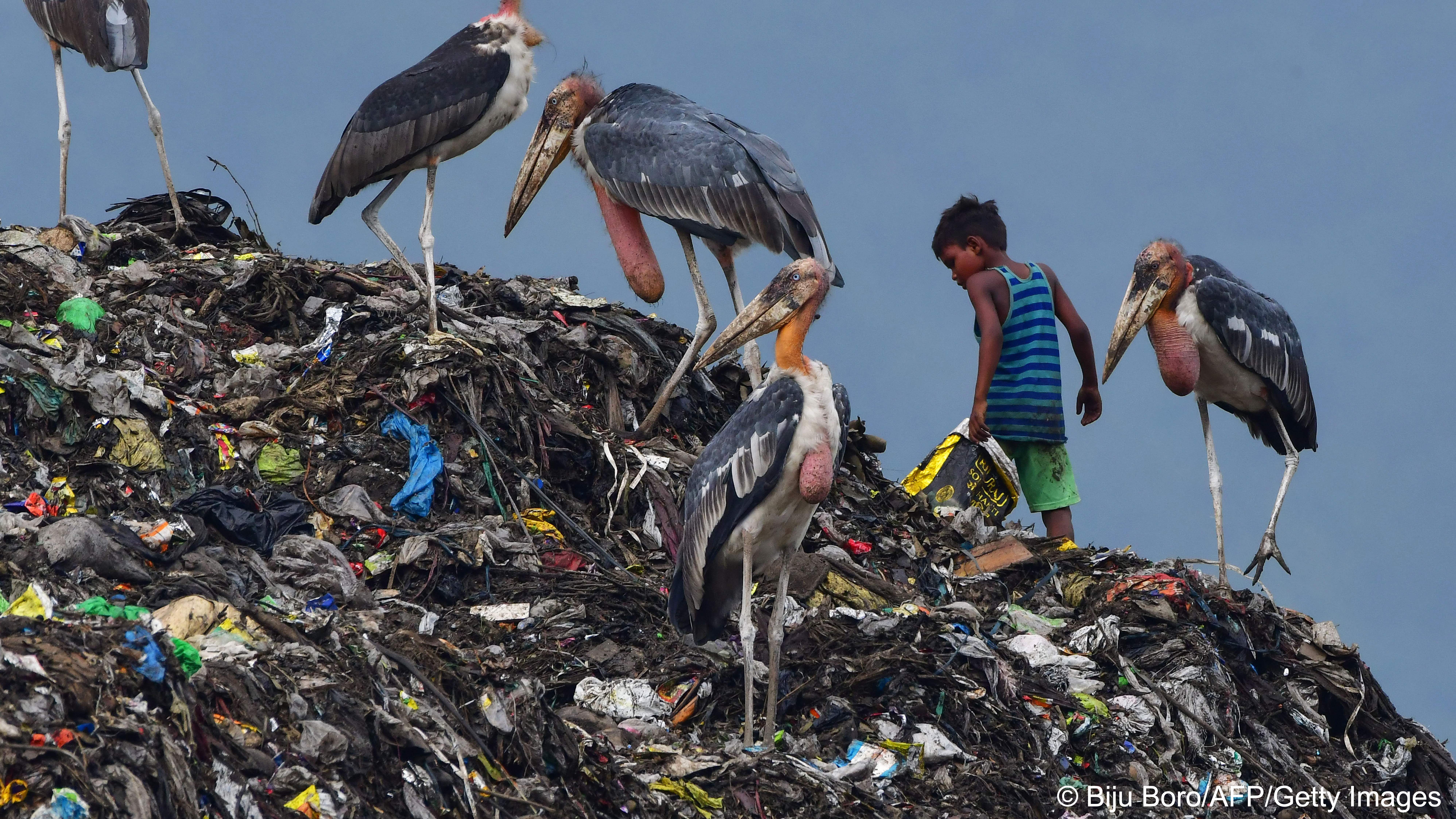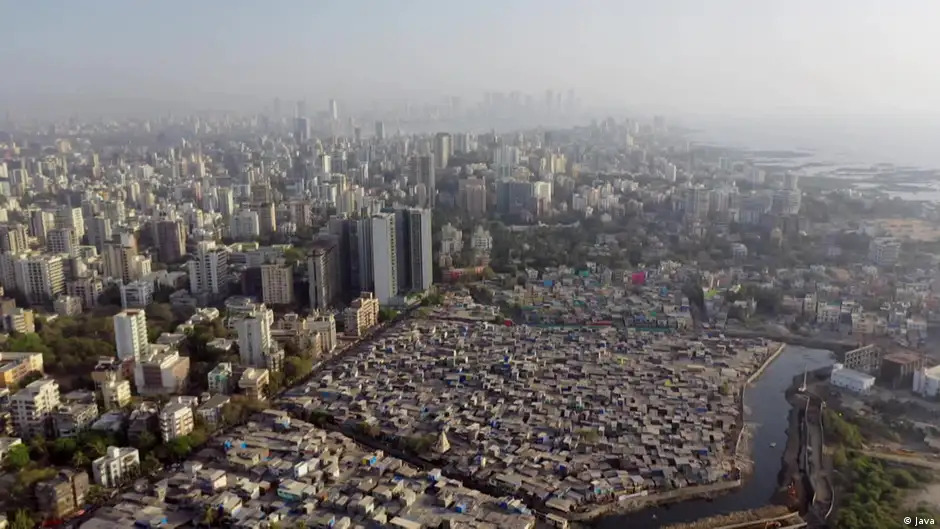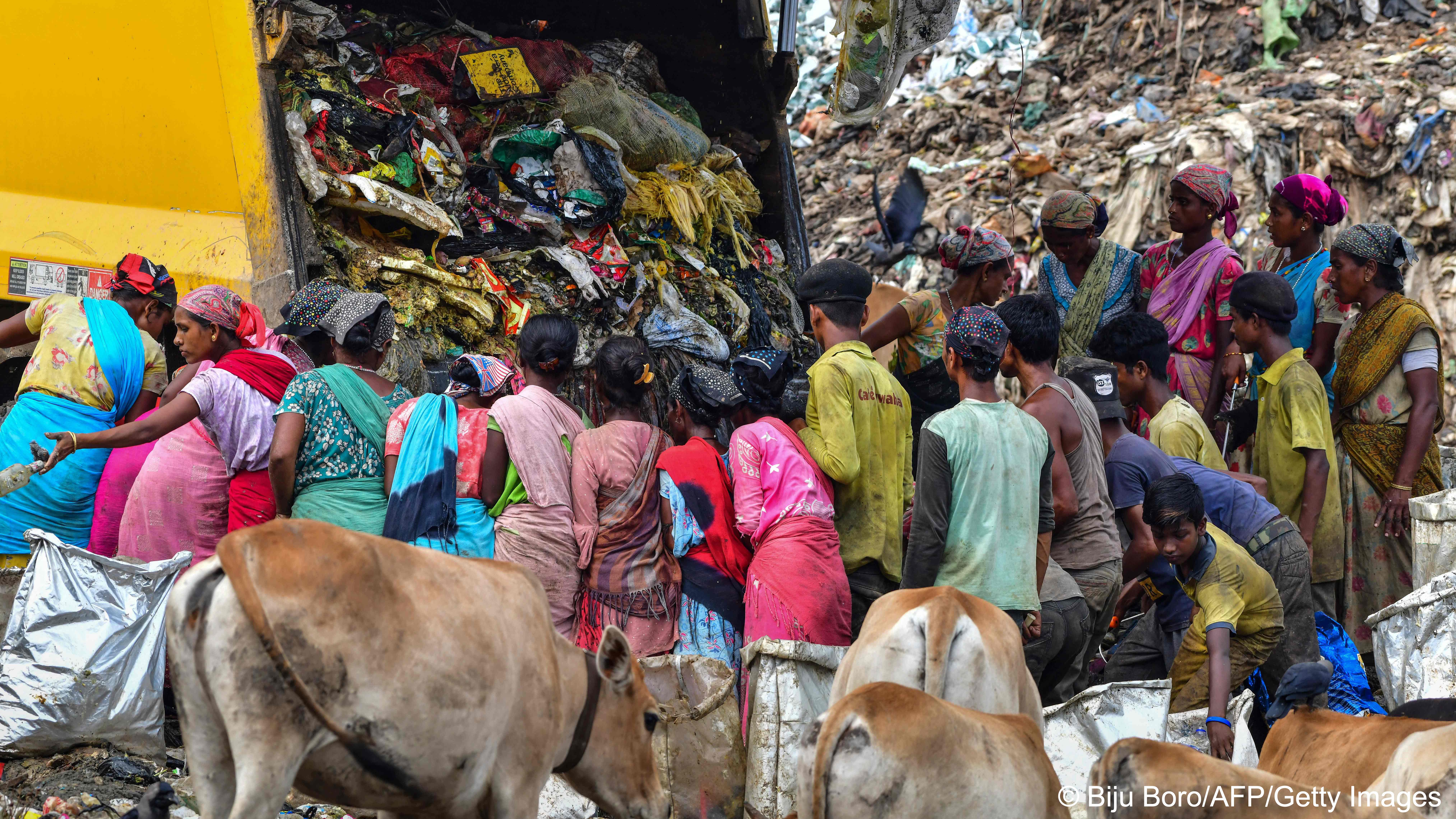The economy according to Modi

Behind the billboards in Delhi advertising this month's G20 summit were slums whose residents can no longer earn a living. Their roadside stalls and shops had been demolished, lest they tarnish Prime Minister Narendra Modi's carefully curated image of a rising India.
India's GDP statistics have also been on display as part of this "branding and beautification" exercise. With an annual growth of 7.8% in the second quarter of this year, India appears to be the world's fastest-growing major economy. But, again, behind the billboards are human struggles on a massive scale. Growth, in fact, is low, inequalities are rising, and job scarcity remains acute.
The G20-inspired billboards touting India's latest GDP figure include a mysterious line about "discrepancies". Normally an innocuous reporting convention in national accounts, the discrepancy is the difference between domestic income (earned by producing goods and services) and expenditure (what residents and foreigners pay when buying those goods and services).
In principle, expenditure should equal income earned, because producers can earn income only when others buy their output. In practice, however, estimates of income and expenditure differ in national accounts everywhere, because they are based on imperfect data.

Typically, this discrepancy does not matter for calculating growth rates, because income and expenditure, even if they differ somewhat, have similar trends. But every now and then, the two series follow very different paths, with hugely consequential implications for evaluating economic performance.
Skewed statistics
The Indian National Statistical Office's latest report is a case in point. It shows that while income from production increased at an annual 7.8% rate in April-June, expenditure rose by only 1.4%. Both measures clearly have many errors. The NSO nonetheless treats income as the right one and assumes (as implied by its "discrepancy" note) that expenditure must be identical to income earned.
This is an obvious violation of international best practice. The entire point of the discrepancy line is to acknowledge statistical imperfections, not to make them disappear. The NSO is covering up the reality of anaemic expenditure at a time when many Indians are hurting, and when foreigners are showing only a limited appetite for Indian goods.
The proper approach is to recognise both income and expenditure as imperfect macroeconomic aggregates, and then to combine them to assess the state of the economy. Hence, the Australian, German, and UK governments adjust their reported GDP using information from both the income and expenditure sides.
Moreover, while the United States uses expenditure as its primary metric of economic performance (unlike income in India), the U.S. Bureau of Economic Analysis accounts for the often sizeable difference between income and expenditure by reporting the average of the two as its composite measure.
When we apply the BEA method to Indian data, the most recent growth rate falls from the headline 7.8% to 4.5% – a marked decline from 13.1% in April-June 2022, when the post-COVID-19 rebound first triggered the current wave of India hype.

Rising inequalities and job scarcity
That hype never stood up to an elementary analysis of the data, but it has persisted because it serves the interests of Indian and international elites. They prefer to forget that India's GDP growth rate was 3.5% in 2019, before falling sharply during COVID, or that it slowed again to an average of 3.5% since then, even after the 13.1% dead-cat bounce in the second quarter of last year.
The latest data not only confirm slowing growth, but also alert us to the underlying causes: rising inequalities and job scarcity. Those inequalities are reflected in the increased import content of domestic expenditure, which is up from 22% before COVID to 26%.
With the help of an overvalued exchange rate, rich Indians are buying fast cars, gilded watches, and designer handbags – often on shopping sprees in Zurich, Milan, and Singapore – while the vast majority struggle to buy necessities.
The data also show why the Indian economy is failing to create jobs, especially those that would support a dignified standard of living. Apart from public administration, the most rapid income growth by far this past quarter (at 12.1%) was in finance and real estate.
This post-liberalisation feature of Indian development, now augmented by "fintechs", generates only a handful of jobs for highly qualified Indians. Public administration also is growing robustly, but this, too, creates only limited job opportunities.
Among other growth sectors, construction (helped by the government's infrastructure drive) and low-end services (in trade, transport, and hotels) mostly create financially precarious jobs that leave workers one life event away from severe distress.

Weak manufacturing
The dog that refuses to bark is manufacturing, the primary source of employment in every successful developing economy. Following decades of disappointing growth, India's post-COVID manufacturing performance has been particularly weak.
This reflects the country's chronic inability to compete in international markets for labour-intensive products – a problem made worse by the slowdown in world trade and weak domestic demand for manufactured products, owing to appalling income inequality.
Indian authorities chose to dismiss inconvenient facts so that they could parade seemingly flattering images and headline figures at the G20 summit. But they are playing a cynical, dangerous game.
Slippery national account statistics betray a desire to wish away slowing growth, rising inequalities, and grim job prospects. The authorities would do well to recognise – and reconsider – the path they have set India on.
Ashoka Mody
Ashoka Mody, visiting professor of International Economic Policy at Princeton University, previously worked for the World Bank and the International Monetary Fund. He is the author of India is Broken: A People Betrayed, Independence to Today (Stanford University Press, 2023).
